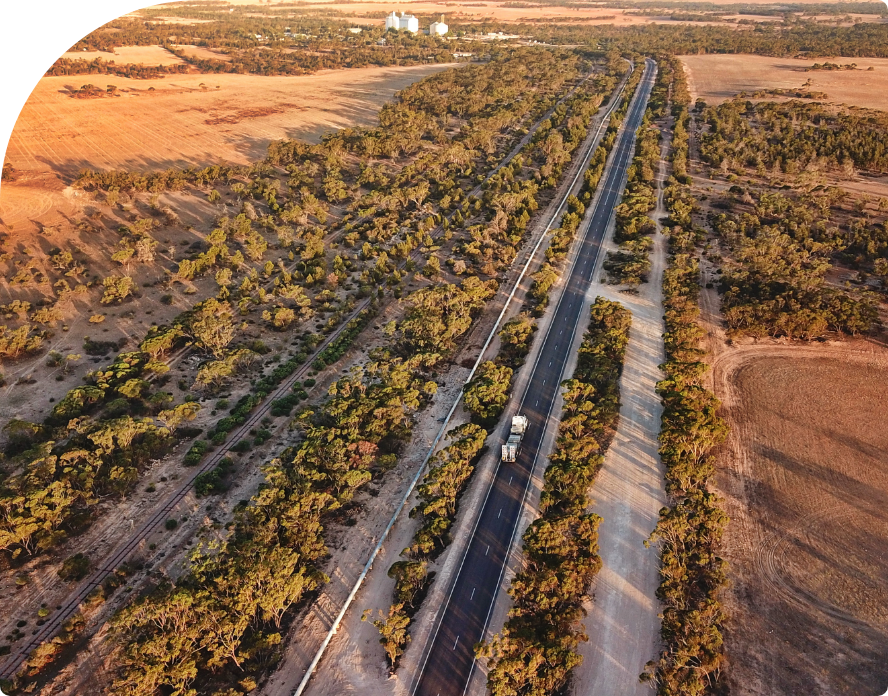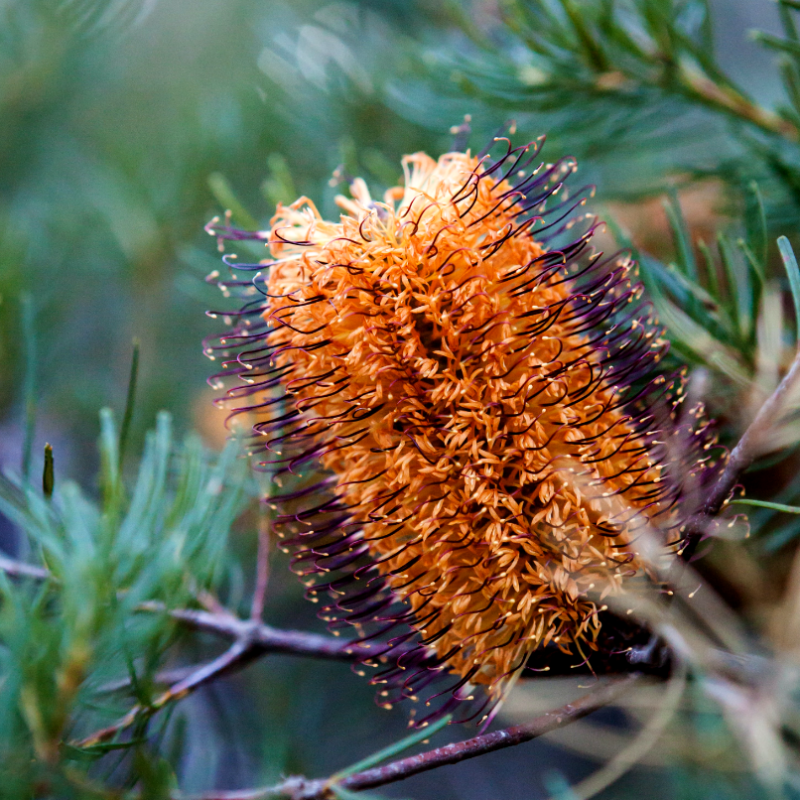South Australia

H2EX awarded an exploration license in June 2022
PEL 691 is located on the Eyre Peninsula in South Australia and spans ~6000km2.
H2EX Secures Australian Government Funding
The Australian Government has awarded H2EX a grant of $863,000 to Accelerate Exploration and Extraction of Renewable Natural Hydrogen.
Together with our research partners: University of Adelaide, Australian National University and Black & Veatch, we will undertake a project to enable green and passive exploration techniques to accelerate the discovery of natural hydrogen. The research into extraction solutions will provide a clear pathway to drill and extract the lowest cost hydrogen, which is expected to be up to 75% cheaper than manufacturing hydrogen.
The Project will unlock important first-mover benefits for Australia within an emerging sector globally.
Thank you to the CRC-P Program for award of this grant.

Developed a Portfolio of Exploration Leads
H2EX has acquired new subsurface data covering 40% of PEL 691. This includes magnetotellurics, passive seismic and gas soil sampling data across 8 surveys in 2023-24. Alongside our CRC-P partners, we will identify drillable targets by mid-2025.
Learn more about our magnetotelluric data acquisition with the University of Adelaide here
In addition to PEL 691, H2EX has six first-ranked license applications totalling 52,000km2. These will proceed through the Native Title negotiation process prior to license award.
H2EX’s South Australian acreage has been strategically selected to test various natural hydrogen play-type theories.
We plan to explore for natural hydrogen via a range of activities including:
H2EX and CSIRO Execute Several Research Agreements
H2EX has leveraged the expertise of CSIRO, Australia’s National Science Agency. Two projects were made possible via the CSIRO Kick-Start program and included a desktop prospectivity study (Dec-22) and gas soil sampling field study (May-23). The studies found that:
- The desktop and field studies of PEL 691 highlight significant evidence for hydrogen seepage; and
- The soil sampling field survey concluded that high-confidence hydrogen seeps occur on the Eyre Peninsula and these seeps correlate with heat maps calculated by the desktop study.
H2EX is also an industry sponsor of the CSIRO iPhD program, alongside the University of Western Australia.
